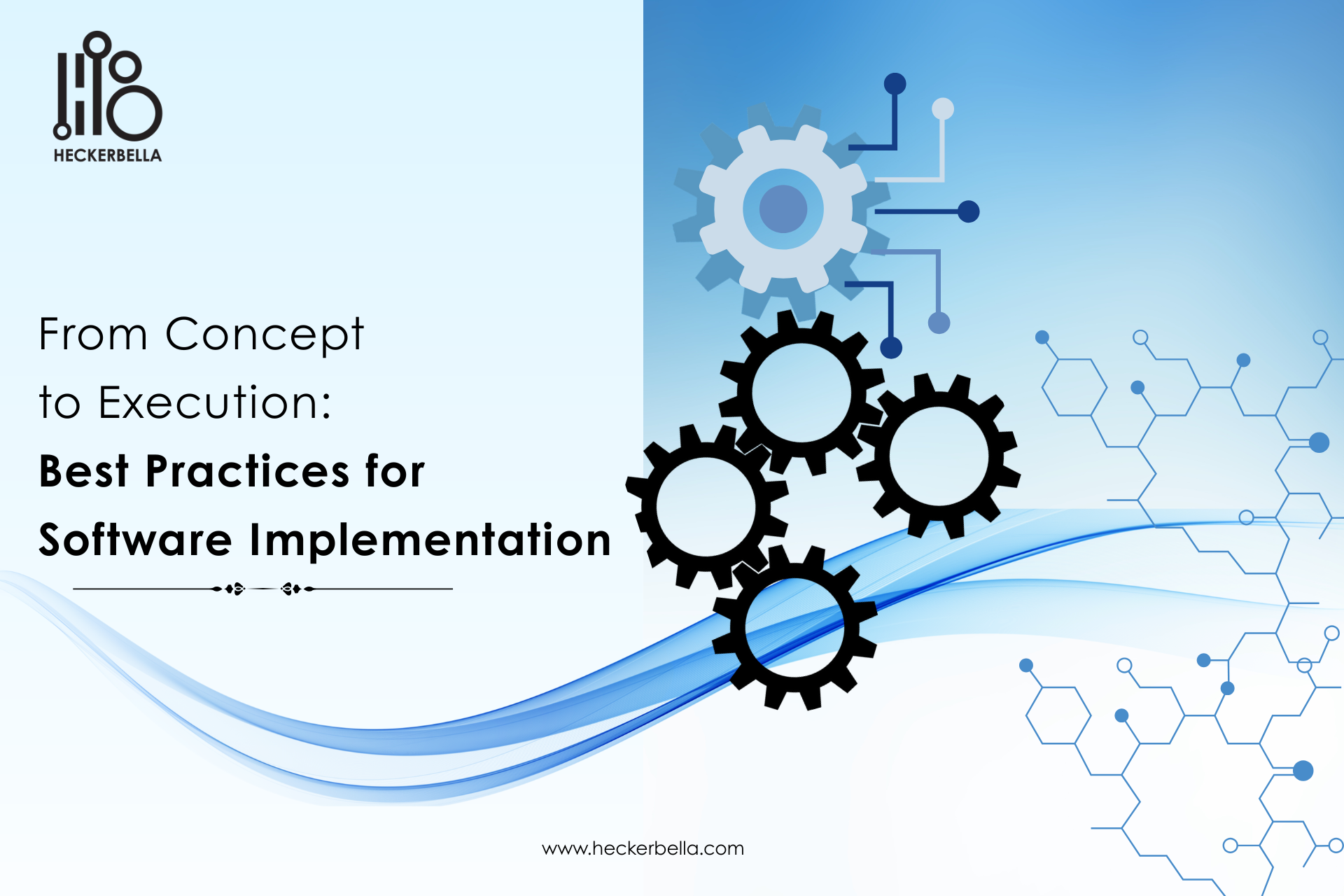The Future of Workforce Management: Increased Demand for Flexibility in Workforce

Flexibility in workforce management has become a critical factor in attracting and retaining top talent. As the global workplace evolves, employees increasingly expect organizations to offer scheduling options that align with their personal and professional needs. From hybrid work arrangements to dynamic scheduling, flexibility is no longer a perk but a necessity for staying competitive in the talent market.
For CEOs and C-suite executives, embracing flexible workforce management is not just about meeting employee demands—it’s about driving productivity, engagement, and long-term success in a rapidly changing business environment.
Why Flexibility Matters
The rise of flexibility in workforce management stems from several key factors:
- The Shift to Hybrid Work: The pandemic normalized remote work, but many employees now prefer a blend of in-office and remote work arrangements.
- Evolving Workforce Expectations: Millennials and Gen Z employees value autonomy and work-life balance, prioritizing jobs that offer adaptable scheduling.
- Global Talent Competition: As organizations compete for the best talent, offering flexibility has become a differentiator in recruitment and retention strategies.
- Enhanced Productivity Trends: Studies show that employees with flexible work arrangements often report higher job satisfaction and productivity.
The Role of Flexible Workforce Management Tools
Meeting the demand for flexibility requires innovative tools that streamline scheduling, manage diverse work arrangements, and maintain accountability. Advanced workforce management platforms like TimAtend are leading the charge, offering features that enable companies to navigate these complexities with ease.
- Dynamic Scheduling: Flexible tools allow managers to create personalized schedules based on employee preferences, availability, and productivity patterns. Employees can request non-traditional hours or hybrid roles without disrupting operational workflows.
- Real-Time Tracking: Platforms like TimAtend help track attendance and productivity of employees, ensuring transparency and accountability across the workforce.
- On-Demand Staffing: Businesses with fluctuating staffing needs, such as retail and hospitality, benefit from tools that enable quick adjustments to schedules, reducing downtime and optimizing resource allocation.
- Integrated Compliance Management: Flexibility often introduces complexities in labor law compliance. Modern tools automate tracking of overtime, breaks, and legal requirements, ensuring organizations remain compliant while supporting diverse schedules.
Benefits of Flexibility
The shift toward flexible workforce management has transformative implications for organizations:
- Attracting Top Talent: Companies offering flexibility appeal to a broader talent pool, including working parents, caregivers, and those with unique scheduling needs.
- Improved Retention Rates: Employees with flexible work options are more likely to stay with their employer, reducing turnover costs.
- Enhanced Productivity: Flexible arrangements empower employees to work during their peak performance hours, boosting overall productivity.
- Workforce Resilience: Dynamic scheduling allows companies to adapt quickly to disruptions, such as sudden project demands or external crises.
Challenges and Mitigation
While flexibility offers clear benefits, implementing it comes with challenges:
- Complex Scheduling Logistics: Managing diverse schedules can strain resources without the right tools in place.
- Employee Equity Concerns: Ensuring that flexibility benefits all employees equally, regardless of role, can be challenging.
- Potential Overwork: Flexible arrangements may blur boundaries, leading to overwork or burnout if not managed effectively.
- Compliance Risks: Custom schedules must align with labor laws and company policies, adding a layer of complexity.
To address these challenges:
- Invest in Advanced Tools: Use platforms like TimAtend by Heckerbella to automate scheduling, track compliance, and balance workloads effectively.
- Foster Transparent Communication: Encourage open dialogue with employees to understand their needs and address concerns.
- Set Clear Boundaries: Define expectations for work hours, availability, and responsibilities to prevent overwork.
- Monitor and Adjust: Regularly review scheduling practices to ensure they align with organizational goals and employee well-being.
The Way Forward
Flexibility in workforce management is no longer optional—it’s a critical strategy for thriving in the modern business environment. By leveraging data-driven tools and embracing innovative scheduling practices, organizations can create a workplace that supports both employee satisfaction and operational efficiency.
For CEOs and C-suite executives, now is the time to invest in flexible workforce management solutions like TimAtend by Heckerbella. These platforms empower organizations to optimize scheduling, track productivity, and foster a culture of adaptability and inclusivity.
In 2025 and beyond, the businesses that succeed will be those that recognize flexibility as a cornerstone of workforce management. By meeting the evolving expectations of employees and leveraging advanced tools, companies can build resilient, future-ready teams prepared to excel in a dynamic, competitive landscape.




